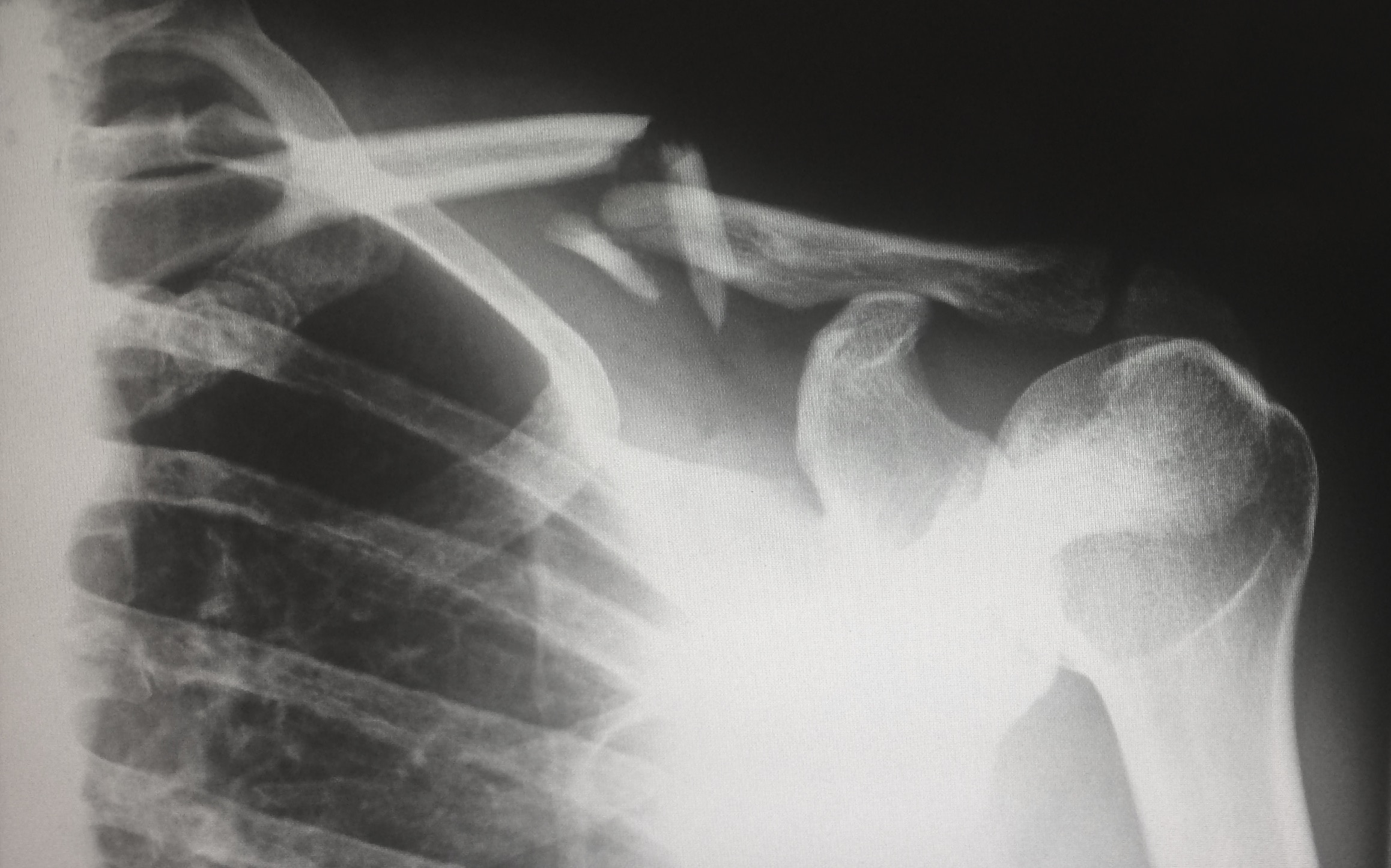 You know how some exercises seem almost too intimidating to perform?
You know how some exercises seem almost too intimidating to perform?
Many exercise programs place you — and your body — in positions that leave you vulnerable.
That’s not to say you should never squat with a barbell on your back, perform deadlifts, or do a variety of other exercises.
But, it does mean that recognizing when you are at risk for weightlifting injuries — and how to avoid putting yourself in a position to get hurt — are the first steps of assessing whether a program is right for you. After all, if you can stay healthy and exercise consistently, you will see results.
Before you start another workout, let these tips be your guide to staying healthy, picking the right moves for you, and progressing to the more intimidating when they no longer feel like a challenge – with correct form.
The Revolving Door of Pain
There are really only two ways you could hurt yourself in the gym. Call them “Whoops!” and “Wearing Down.”
“Whoops!” refers to times when you do something like drop a dumbbell on your foot and break your toes (not that it would ever happen to you). If you dive into the data, you’ll see these exercise injuries are breathtakingly rare.
Research published in The American Journal of Sports Medicine found that just of 0.2 percent of lifters were admitted to emergency departments—over the span of 18 years. Four times more people wind up in emergency rooms due to bathroom-related injuries every year. Seriously.
YOU’RE FAR MORE LIKELY TO WIND UP IN AN EMERGENCY ROOM DUE TO A “BATHROOM-RELATED INJURY” THAN YOU ARE FROM LIFTING. WEIGHTLIFTING IS A TREMENDOUSLY SAFE ACTIVITY.
Bottom line: Weightlifting is surprisingly safe, so you don’t need to spend much time worrying about “whoops!” events.
The real danger — the revolving door of injury — is by “wearing down” — and it can oftentimes be prevented.
Wearing Down refers to those times when a move just feels…not quite right. Like when you perform an overhead press and your shoulder says, “stop!” Or when your elbows hurt when you bench. Or when you finish a set of squats or deadlifts and it feels like your lower back got more of a workout than your legs.
These pains can start out subtle and may seem like no big deal, but they can grow into something serious (think: strains, sprains or tendinitis) over time. So it’s important to tune in to these cues. Then you can address them before they become full-blown issues.
“The vast majority of strength-training related injuries are due to overuse or poor technique, and can build up over time into more serious problems,” explains California-based exercise physiologist Pete McCall, M.S., C.S.C.S., C.P.T.
The good news? “Wearing Down” injuries are entirely preventable. Rather than muscling through those times when your body sends you a warning shot, you can identify what they are trying to tell you. Then you can correct the problem.
Or, in some cases, knowing that there are different variations of an exercise can help you avoid pain in the first place. You wouldn’t do algebra before you could add, so why are you doing complex lifts before you master the basics?